The Art of the Personal Project is a crucial element to let potential buyers see how you think creatively on your own. I am drawn to personal projects that have an interesting vision or that show something I have never seen before. In this thread, I’ll include a link to each personal project with the artist statement so you can see more of the project. Please note: This thread is not affiliated with any company; I’m just featuring projects that I find. Please DO NOT send me your work. I do not take submissions.
Today’s featured artist: Carlos Javier
The literature and images of migrant workers have become part of our rich American history. From John Steinbeck’s Of Mice and Men, Dorothea Lange’s iconic image of the “Migrant Mother” and César Estrada Chávez’s legacy as a farm worker, labor leader, and civil rights activist, my childhood memory is just one small piece of a long struggle.
Immigration and the need for labor are inextricably connected. By the early 20th century, American cities were growing dramatically, and more agriculture was needed to meet expanded needs for food. Congress passed the Immigration and Nationality Act of 1917. This law established a legal basis for the importation of some 73,000 Mexican workers. During the Great Depression, foreign demand for agricultural exports plummeted and prices dropped. In an effort to open up jobs to native-born citizens, the Immigration and Naturalization Service cooperated with local authorities to deport more than 400,000 ″Repatriados” back to Mexico in the 1930s. At least half were U.S. citizens, mostly the children of immigrants. Generations later, the situation remains very similar.
More than eight million undocumented workers, who comprise five percent of the work force, are embedded in the American labor market. Many risk their lives to cross the border; many die on their way, while others are caught by the US Border Patrol and deported. Undocumented workers face extraordinary economic hardship in their home countries, encouraging them to endure these dangers. In 2011, the U.S. expelled nearly 400,000 illegal immigrants (ICE, 2011).
It is not surprising that migrants often work in the most undesirable occupations: meat-packing plants, landscaping, and harvesting crops; all are low-wage jobs in physically demanding and difficult conditions. Most middle-class Americans would never dream of accepting such toil with low wages and without legal accountability or safety standards. Yet these tasks remain essential, underpinning the basic fabric of the American economy and quality of life.
All the while, undocumented immigrants live under the radar with meager wages and poor access to education, social services, and health care. Nonetheless, I have seen how they remain resilient and strive to be part of the American Dream.
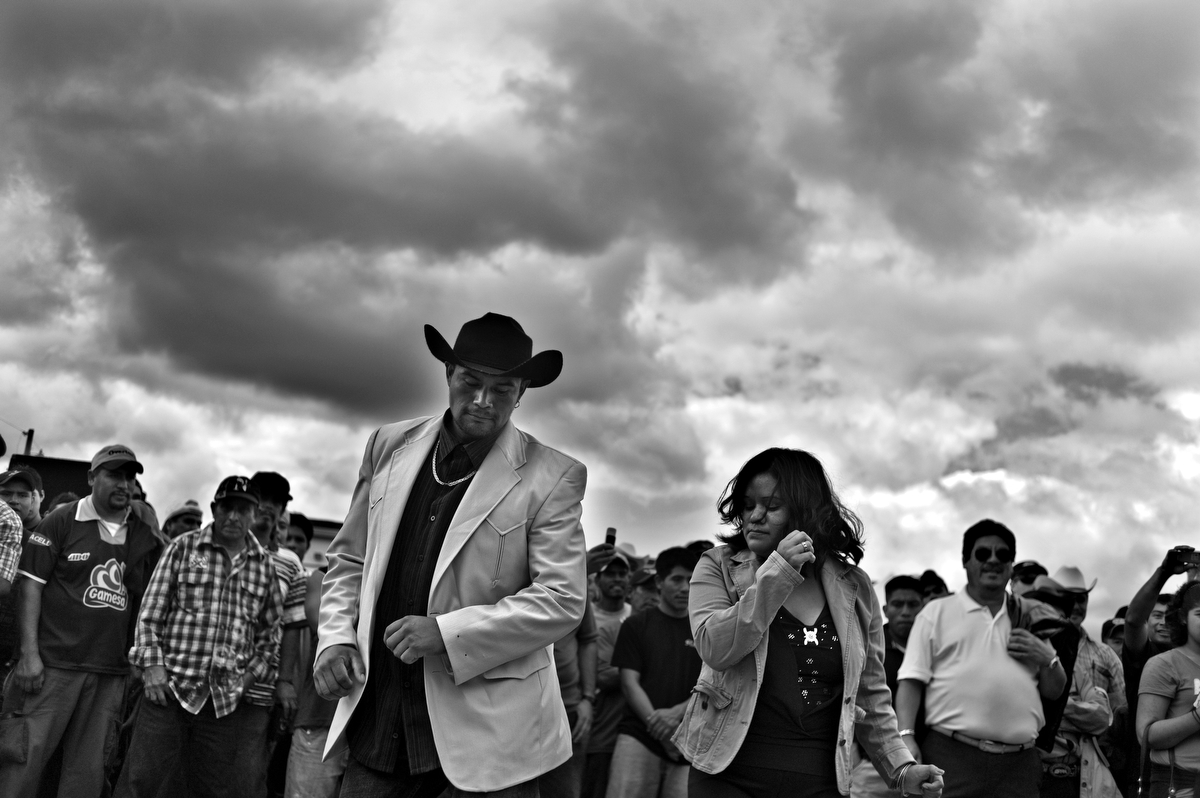
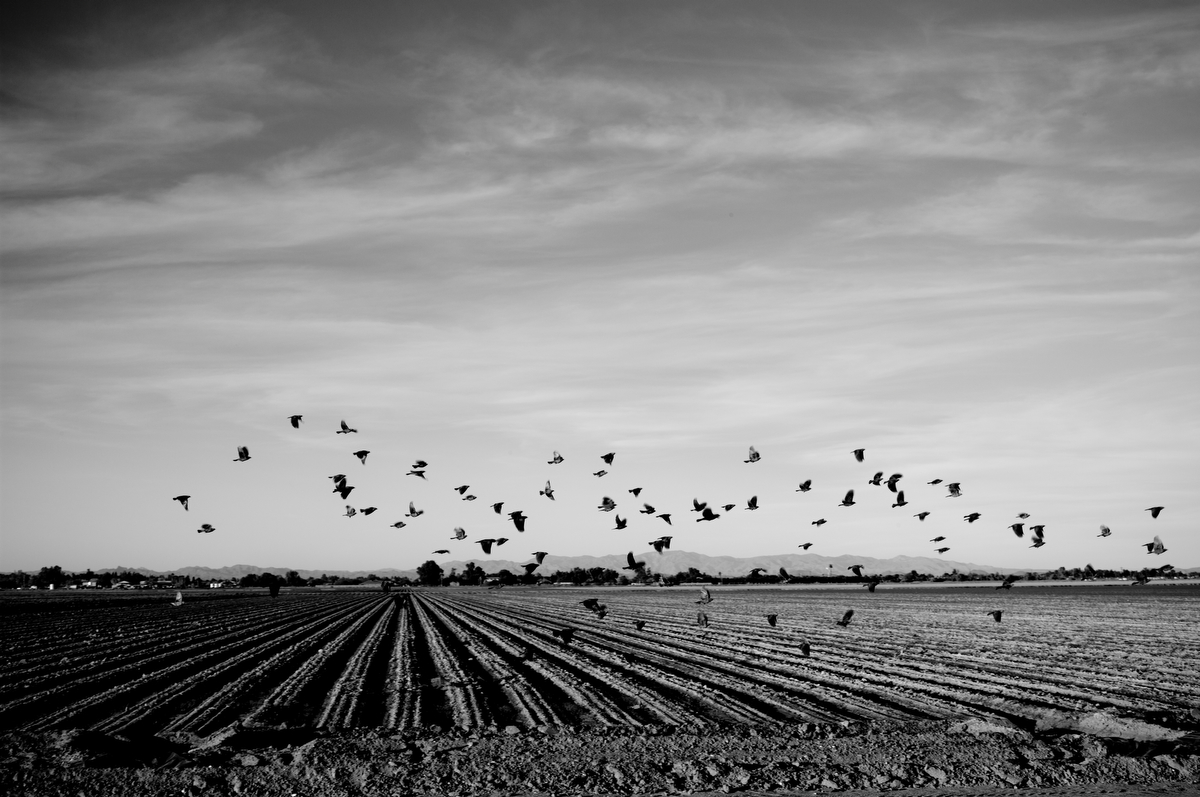
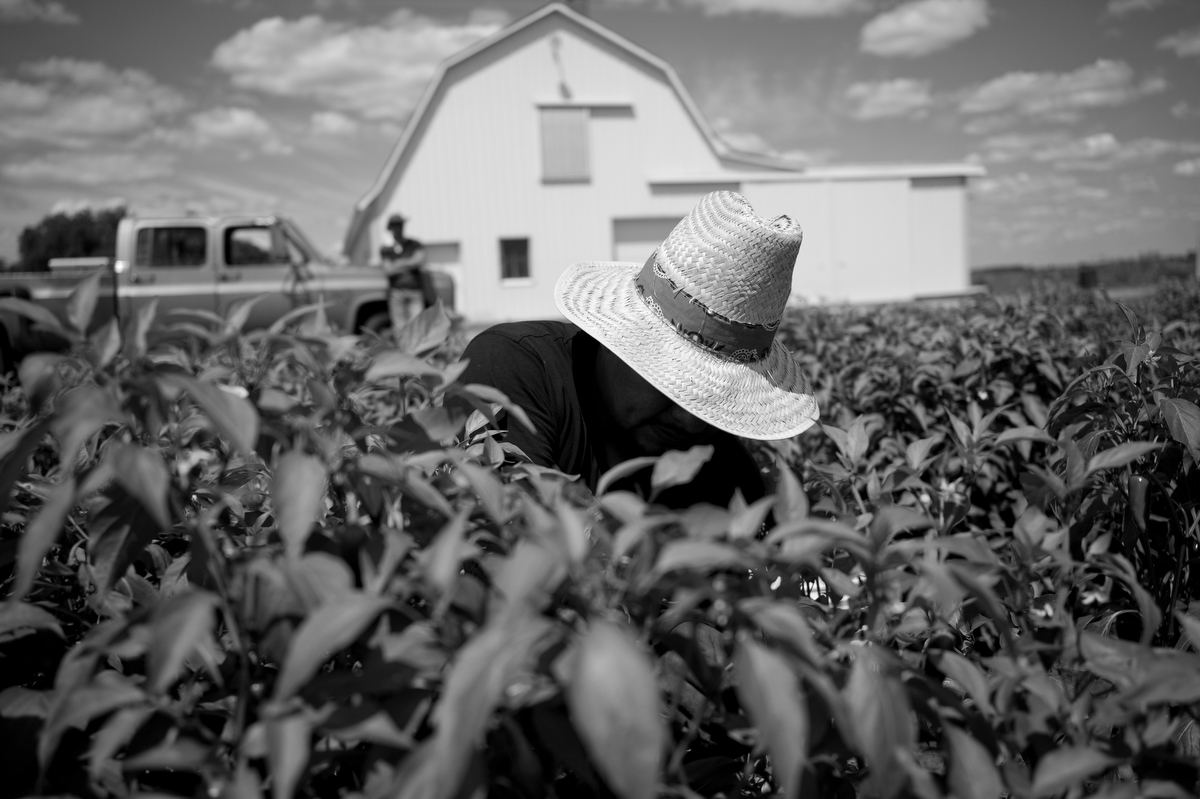
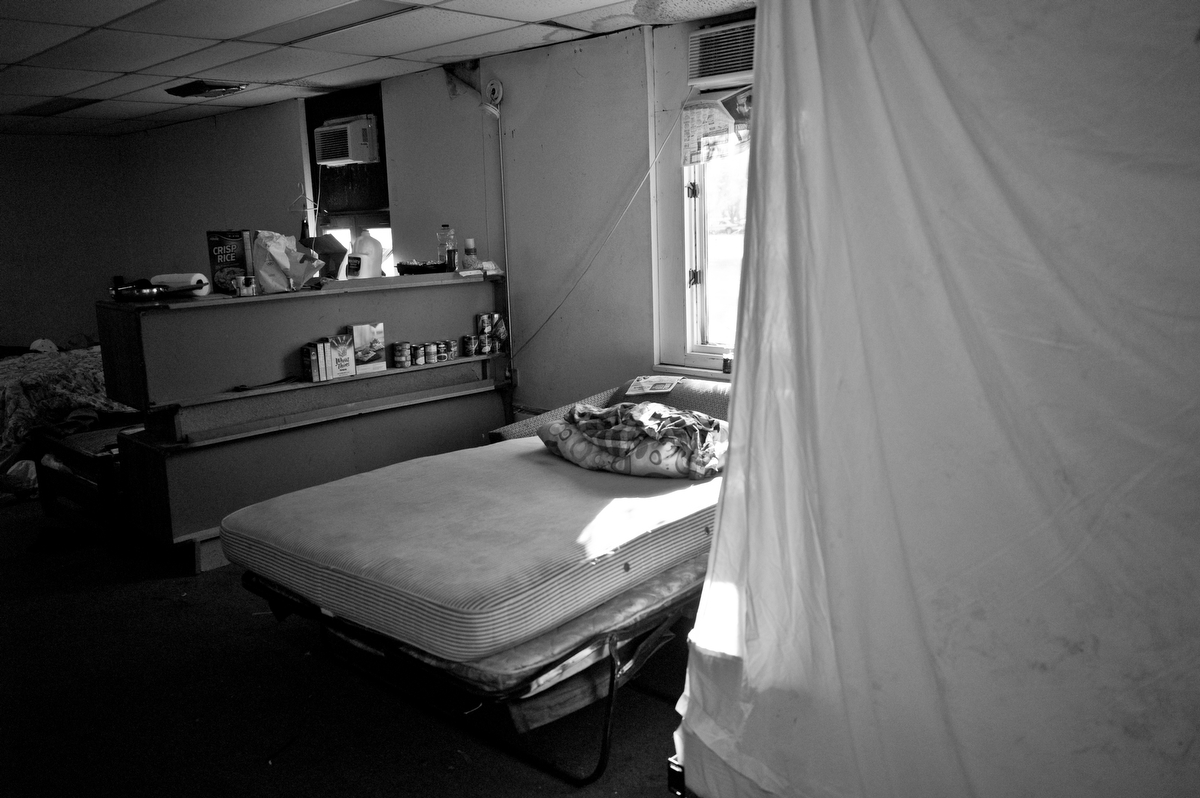
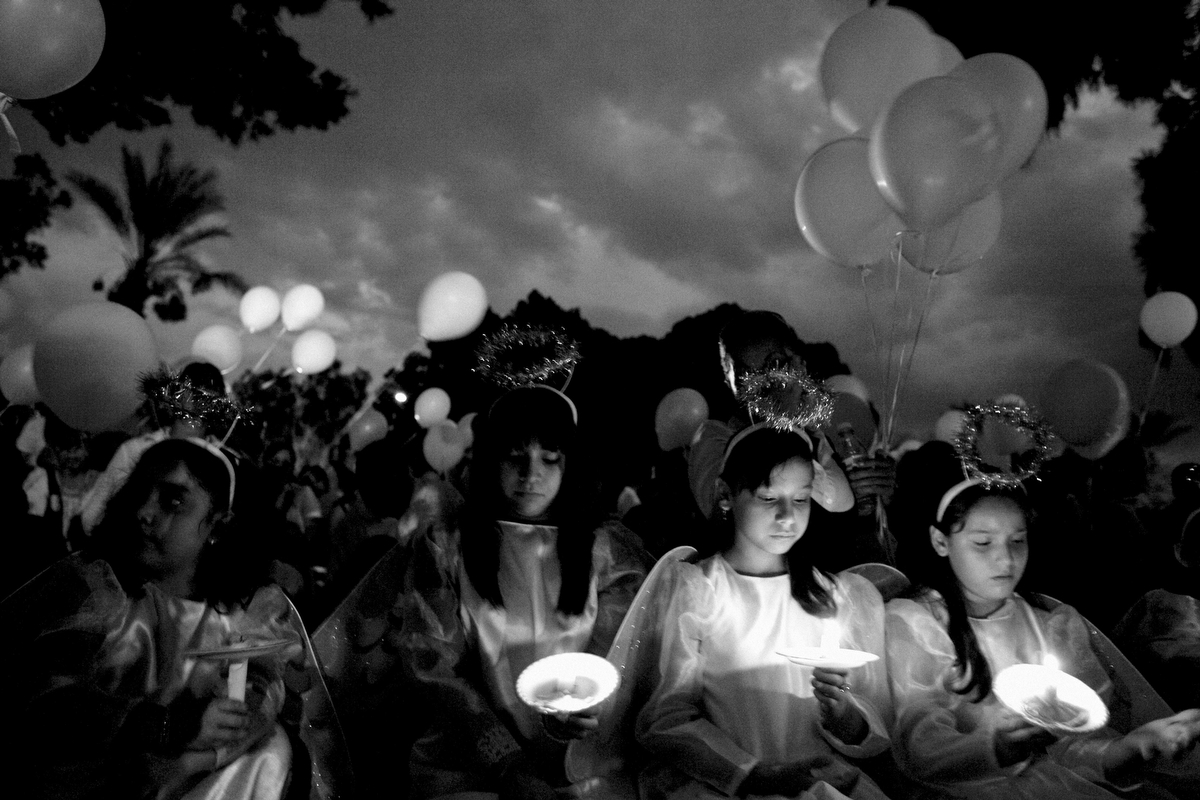

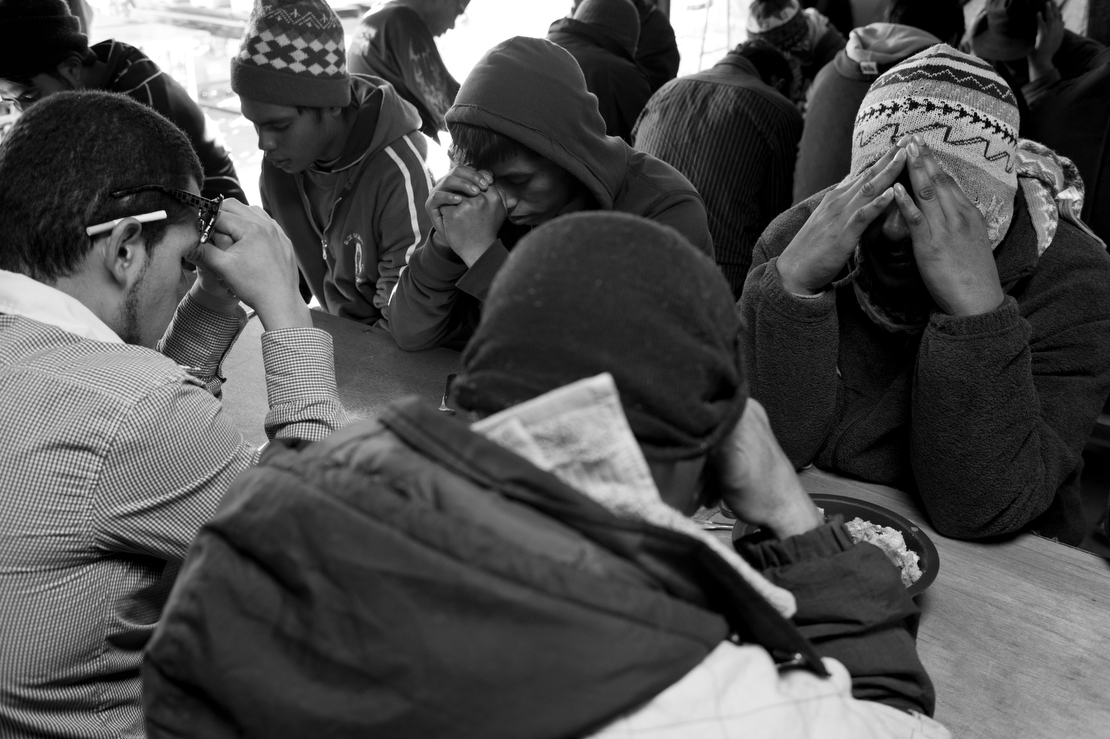

To see more of this project, click here
APE contributor Suzanne Sease currently works as a consultant for photographers and illustrators around the world. She has been involved in the photography and illustration industry since the mid 80s. After establishing the art-buying department at The Martin Agency, then working for Kaplan-Thaler, Capital One, Best Buy and numerous smaller agencies and companies, she decided to be a consultant in 1999. Follow her at @SuzanneSease. Instagram
Success is more than a matter of your talent. It’s also a matter of doing a better job presenting it. And that is what I do with decades of agency and in-house experience.